Gallery
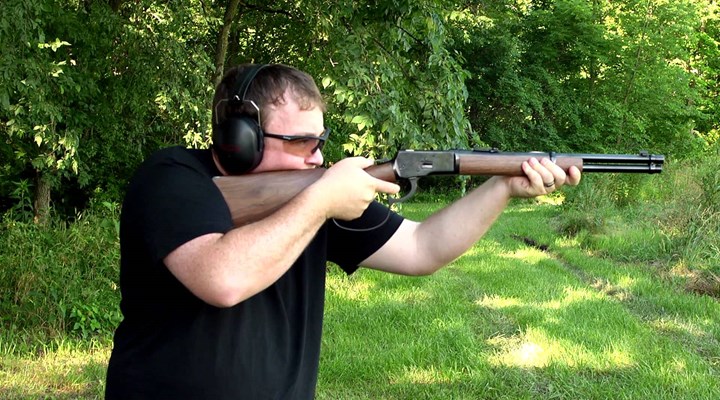
YouTube/MustHaveOutdoors
1 of 1
Winchester Model 1892 Large Loop Lever Action Carbine
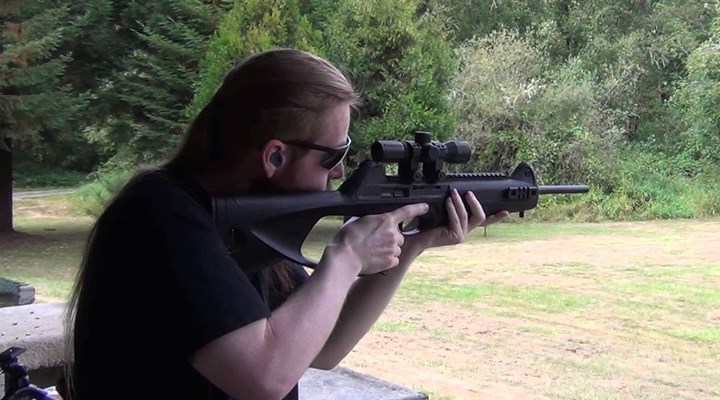
YouTube/The Bearded Recluse
1 of 1
Beretta CX4 Storm
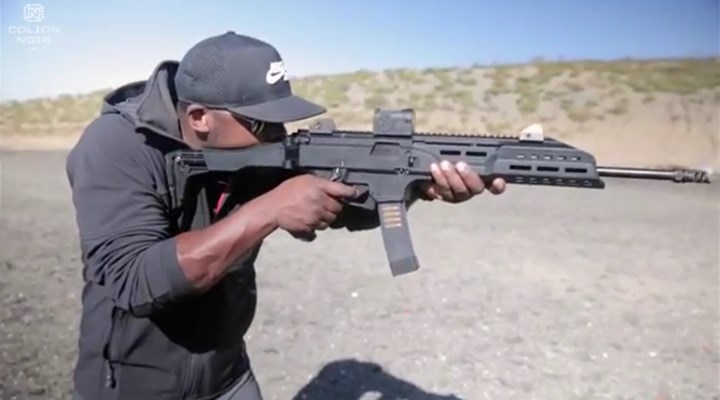
Colion Noir
1 of 1
CZ Scorpion Evo3 Carbine
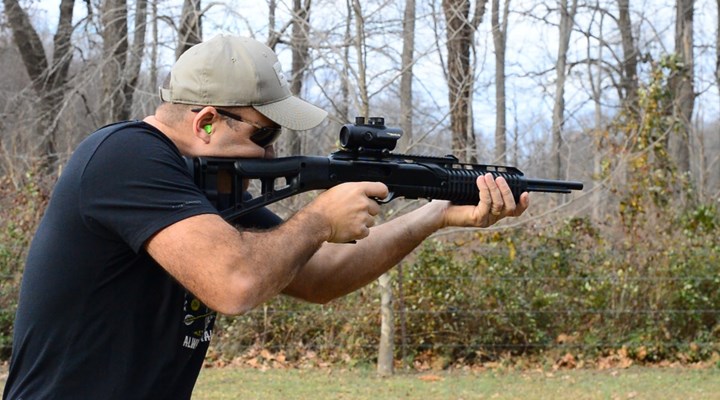
YouTube/Buffalo
1 of 1
Hi-Point 995 Carbine
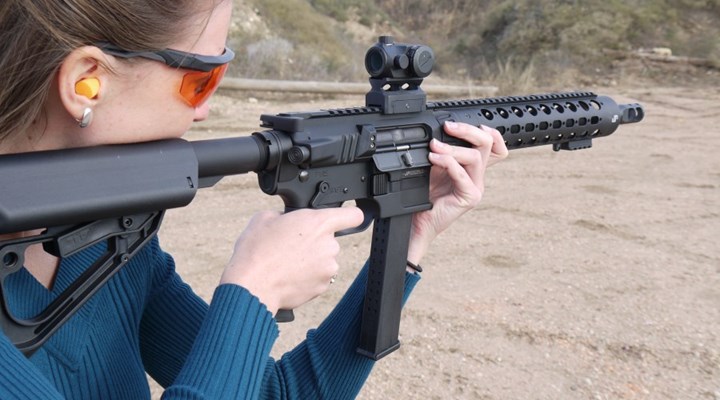
The Truth About Guns
1 of 1
JP Enterprises GMR-12 9mm Carbine
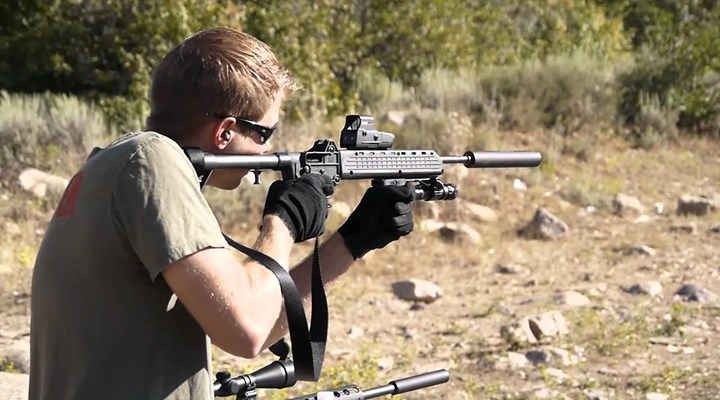
YouTube/Lugetron1
1 of 1
Kel-Tec SUB-2000
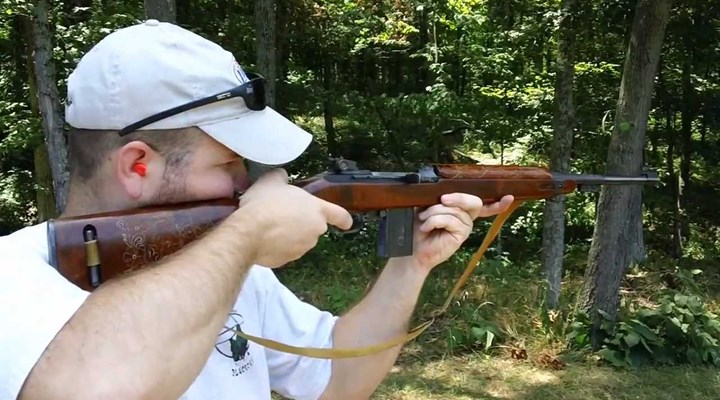
YouTube/Longtrangm1a
1 of 1

 More Like This From Around The NRA
More Like This From Around The NRA



